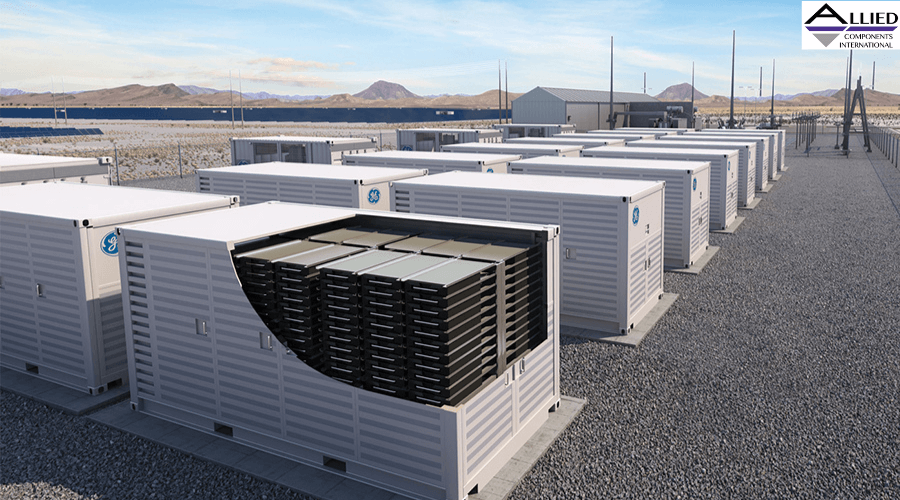Futuristic Concrete Batteries to Solve Renewable Energy Storage Challenges

Currently, lithium batteries are the standard storage option for renewable energy, such as solar energy. However, due to their cost and capacity shortcomings, researchers have been looking into more sustainable solutions for the modern-day energy infrastructure. According to a breakthrough that researchers from Chalmers University announced recently, concrete batteries have emerged as a practical alternative to li-ion storage.
The Problem with Storing Solar Energy
Generally, the solar power supply is neither predictable nor constant. For example, in a 24-hour period, there will be 10 or so hours during which a solar panel doesn't generate any power. In addition, the output varies by season, weather, or time of the day, making energy storage a vital ingredient for the system to work.
If you can store a lot of energy over peak sunlight durations, you may solve the solar fluctuation problem. However, the more energy you need to store, the larger your li-ion battery must be. Large batteries of this type are usually very costly and not a sustainable option in the long run.
Chalmers Researchers Built a Self-Sustaining Cement-Based Battery Storage System
According to previous studies, adding electrically conductive components to concrete creates a stable and good conductor of electricity. The Chalmers researchers harnessed these electrical properties to invent the world's first rechargeable concrete battery.
The internal composition of the proposed solution isn't much different from a standard li-ion battery. It has a separator, anode, and cathode. The anode in a recent version of the new battery comprises of cement and a carbon-fiber mesh coated with iron. Its cathode component incorporates cement with a carbon-fiber mesh coated with nickel.
The electrolyte separator in the cement-based battery includes an ion exchange resin. This design makes for higher ionic conductivity and electrical resistivity.
Promising Results
Tests showed this cement battery to have a density of 7 Wh per square meter, which is a very promising result. While most standard li-ion batteries have a higher storage capacity when fully charged, concrete solutions provide a unique advantage. You could expand their storage capacity by incorporating them into an entire concrete building.
This means that in the future, entire concrete buildings could function as giant cement-based batteries. These units could supply enough energy to households even after the sun goes down or during winter.
Cement batteries can also solve the cost problem associated with li-ion options. They serve as both energy storage and building materials, making them a cost-effective solution for storing renewable energy.
If cement-based energy storage can address the cost and capacity limitations of li-ion options, it'll play an important role in supporting the distribution of solar power and other forms of renewable energy in the future. Visit the Allied Components International website today to view our broad array of electronic components. We manufacture high-quality products, including LAN magnetics, transformers, and multilayer inductors.


